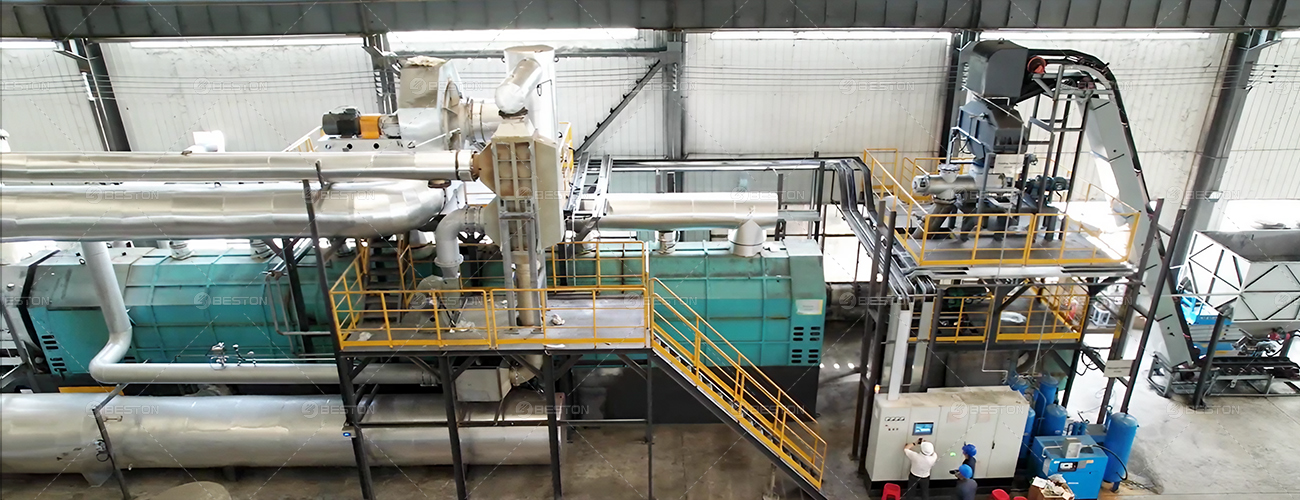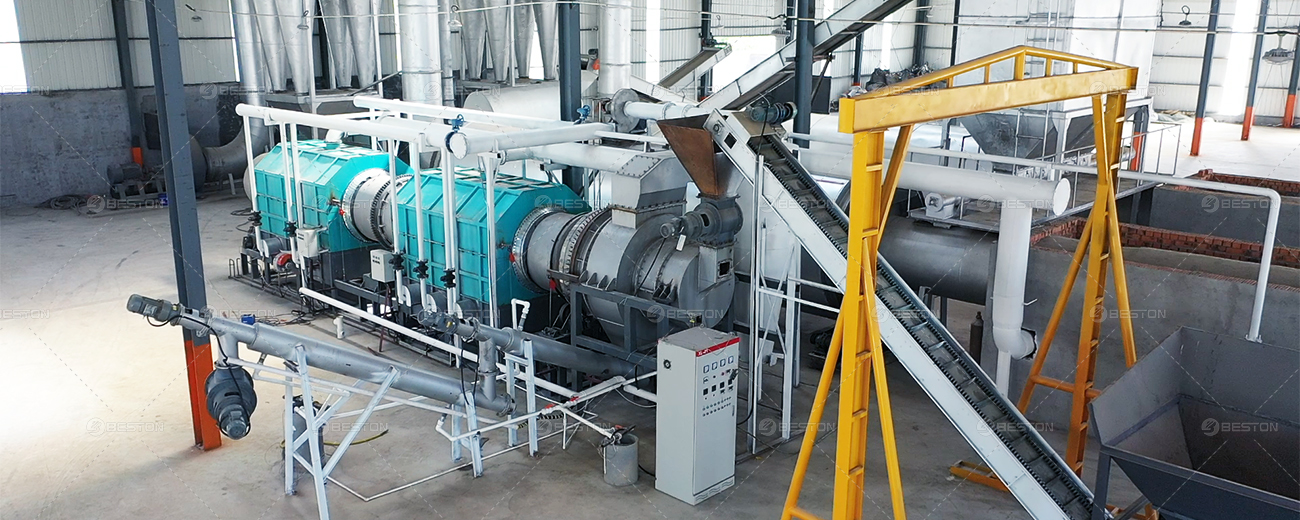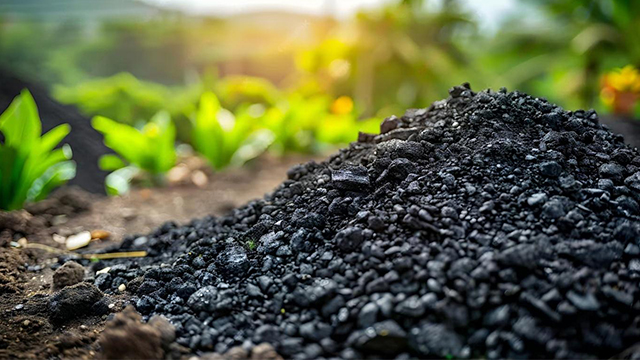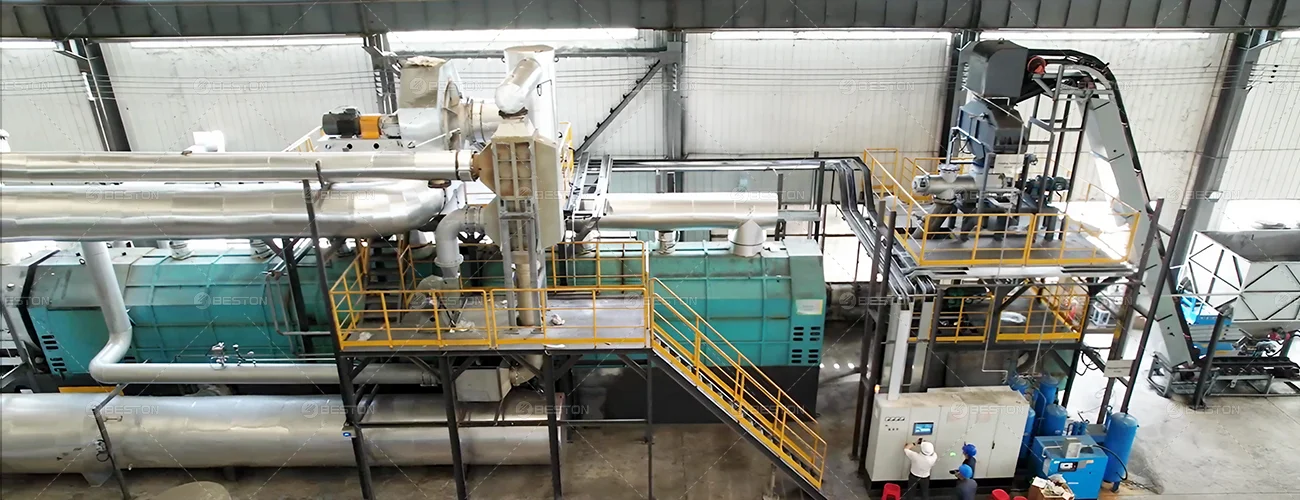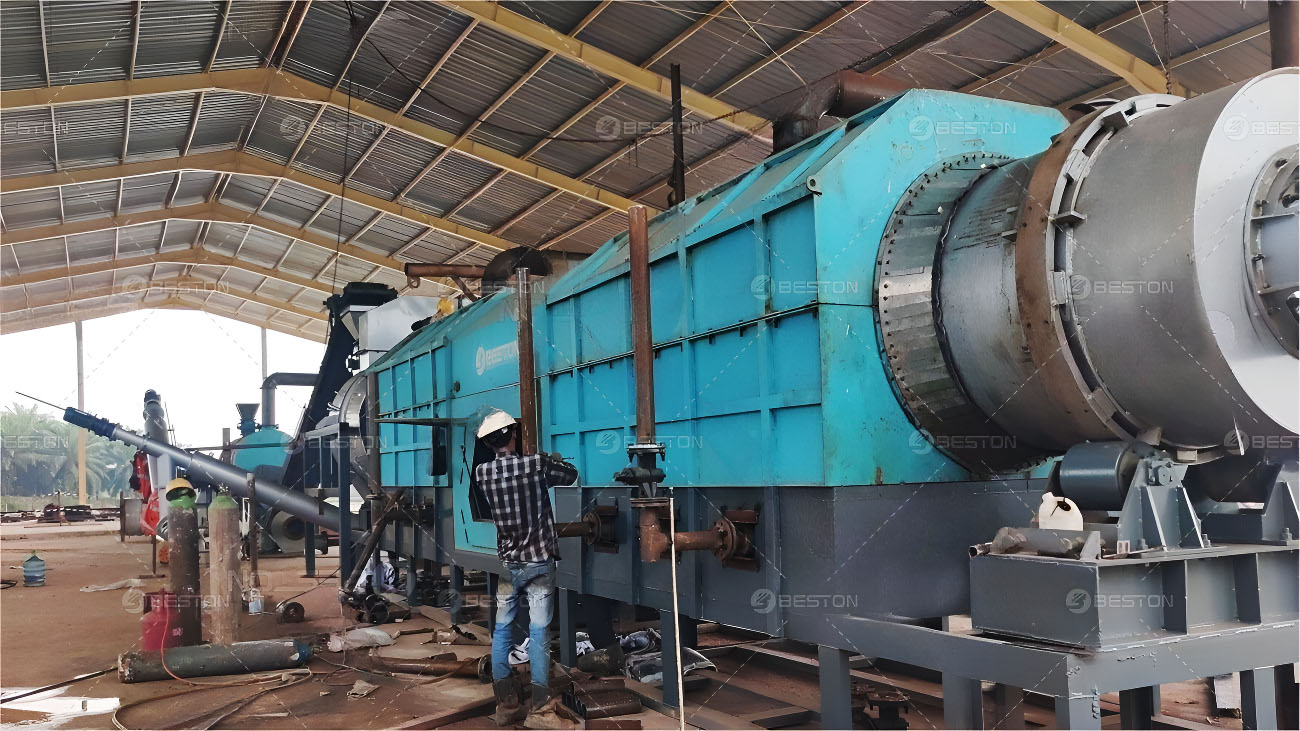The conversion of plastic into oil has emerged as a decisive strategy to alleviate the environmental burden of synthetic polymers while generating valuable liquid fuel. Central to this transformation is the controlled breakdown of long-chain polymers into smaller hydrocarbons, facilitated by thermal decomposition within a pyrolysis plant. The process reveals the inherent energy potential stored within plastic and channels it into a practical and monetizable resource.
Molecular Deconstruction of Polymers
Plastics are primarily composed of high-molecular-weight polymers such as polyethylene, polypropylene, and polystyrene. These polymers consist of carbon-carbon and carbon-hydrogen bonds that provide durability but also resistance to natural degradation. When subjected to elevated temperatures in the absence of oxygen in plastic to oil machine, the polymer chains undergo random scission. This deconstruction fragments the long chains into smaller molecules, resulting in a hydrocarbon mixture that resembles crude oil.
The reaction pathway is influenced by multiple factors. Temperature, heating rate, and catalytic intervention play defining roles in the yield and composition of the final products. Without oxygen, combustion is prevented, allowing controlled rearrangement of polymer bonds. The outcome is a combination of liquid oil, combustible gas, and a carbon-rich residue.

Role of Pyrolysis in Hydrocarbon Recovery
A plastic pyrolysis plant provides the engineered environment necessary for this transformation. Equipped with airtight reactors, continuous feeding systems, and advanced condensation units, it creates the conditions for efficient polymer-to-oil conversion. High heat is maintained to encourage polymer cracking, while condensation separates the volatile compounds into usable liquid fractions.
The gaseous by-products, rich in methane and ethylene, often fuel the reactor itself, reducing the need for external energy input. This self-sustaining feature enhances operational efficiency and lowers running costs. Meanwhile, the solid carbon residue, sometimes referred to as char, can be repurposed as a fuel additive or soil amendment, contributing to resource maximization.
Chemical Pathways and Product Diversification
Different plastics yield different hydrocarbon profiles during pyrolysis. Polyethylene and polypropylene tend to generate paraffinic hydrocarbons, suitable for refining into diesel-like fuels. Polystyrene, on the other hand, produces aromatic-rich oil with potential use as a chemical feedstock. Mixed plastic streams complicate the reaction but can still be processed with catalytic assistance to steer product selectivity.
The versatility of pyrolysis oil extends its applicability across industries. It can be directly used as heating fuel, refined for transportation use, or integrated into petrochemical production lines. The ability to diversify output grants flexibility in aligning with market demand and enhances the economic viability of the process.
Economic and Environmental Implications
The profitability of polymer-to-oil projects depends on feedstock availability, plant efficiency, and the value of the recovered oil. Municipal plastic waste, often considered a liability, transforms into a revenue-generating input. A well-operated pyrolysis plant can convert several tons of waste daily, producing fuel that offsets reliance on virgin fossil sources.
Environmentally, the process offers dual benefits: reduction of plastic accumulation in landfills and displacement of crude oil extraction. The mitigation of greenhouse gas emissions associated with uncontrolled plastic burning further solidifies its role as a sustainable waste management strategy.
Strategic Outlook for Polymer Conversion
As global pressure mounts to find scalable solutions for plastic waste, polymer-to-oil conversion stands at the intersection of energy recovery and circular economy principles. Technological refinement, such as catalytic pyrolysis and improved condensation systems, continues to improve efficiency and product quality. With rising energy demands and escalating waste challenges, the deployment of pyrolysis plant infrastructure is positioned to expand.
The transformation of inert plastic polymers into valuable hydrocarbons demonstrates not only technical ingenuity but also practical foresight. By unlocking energy embedded in plastic, the process creates both ecological relief and economic opportunity.
